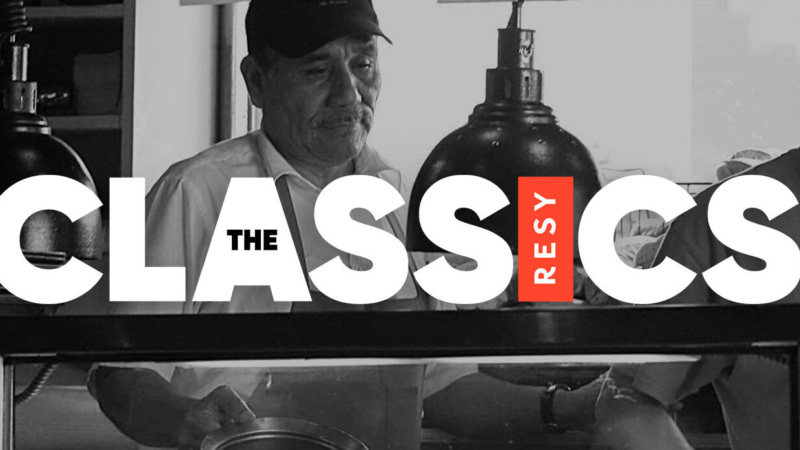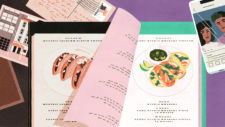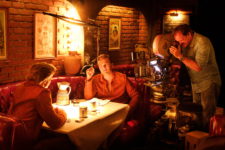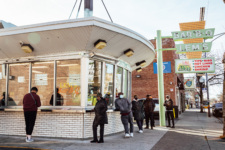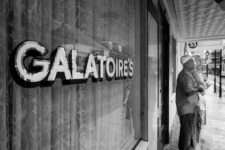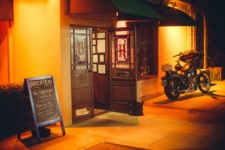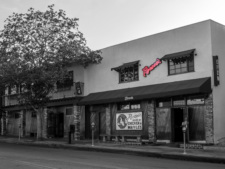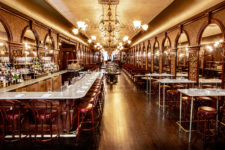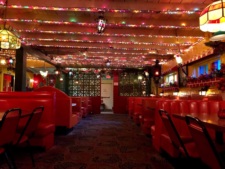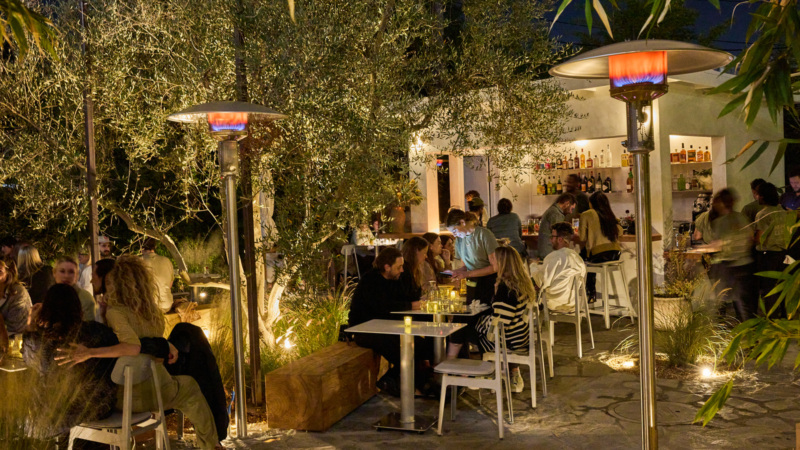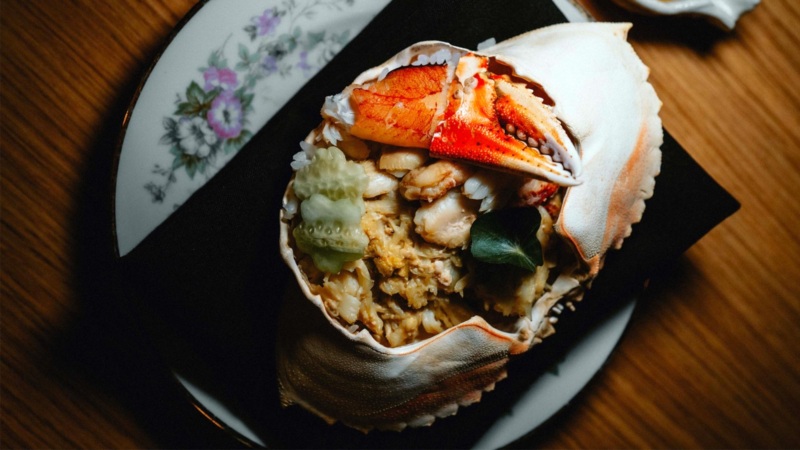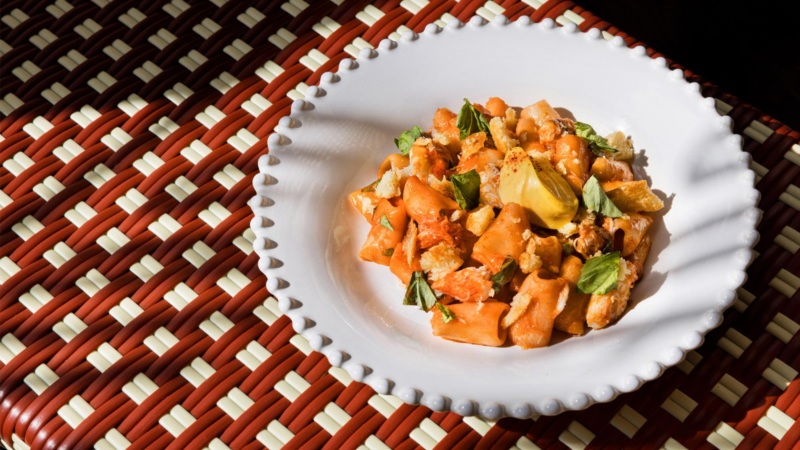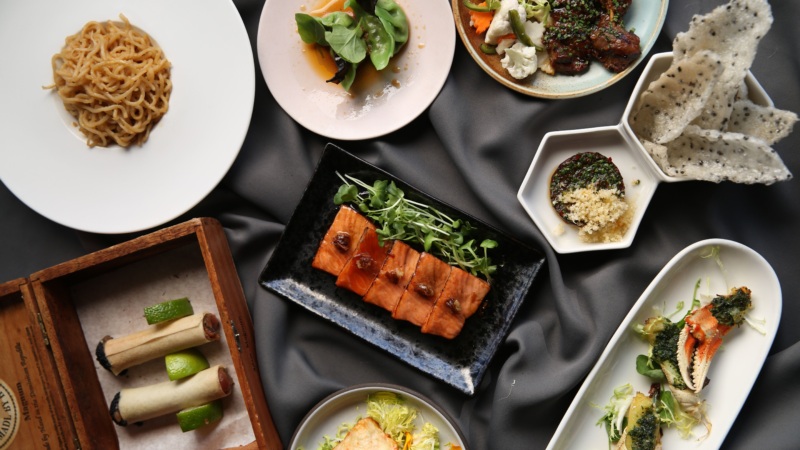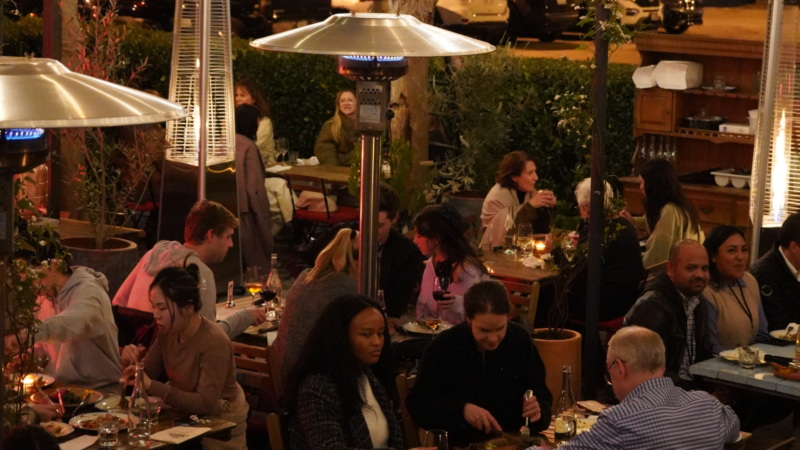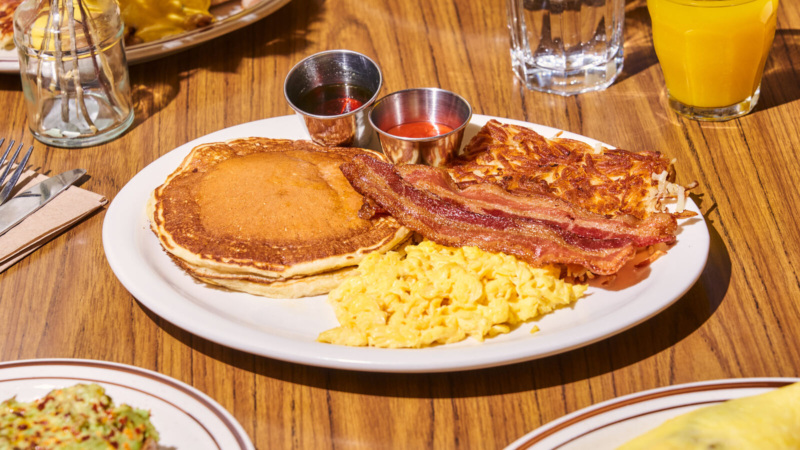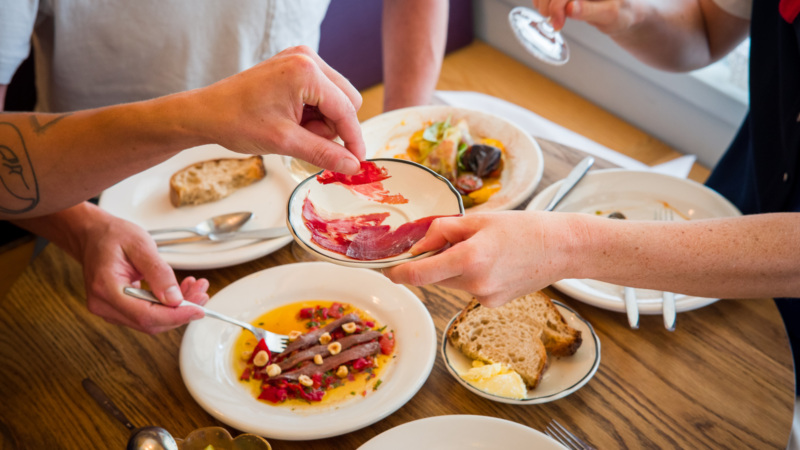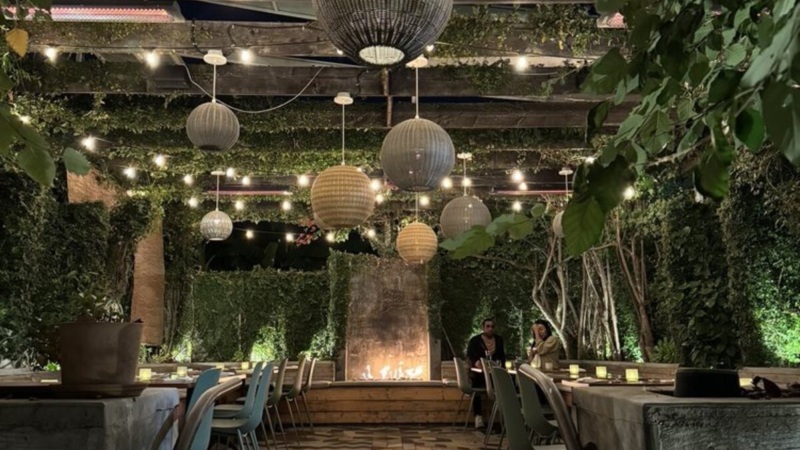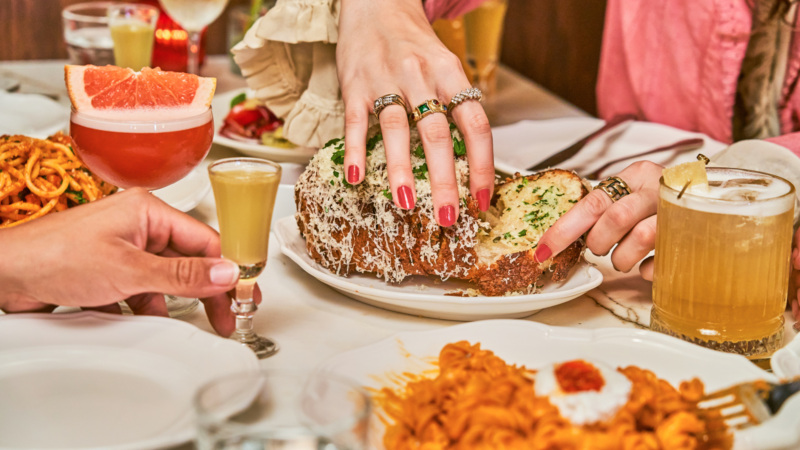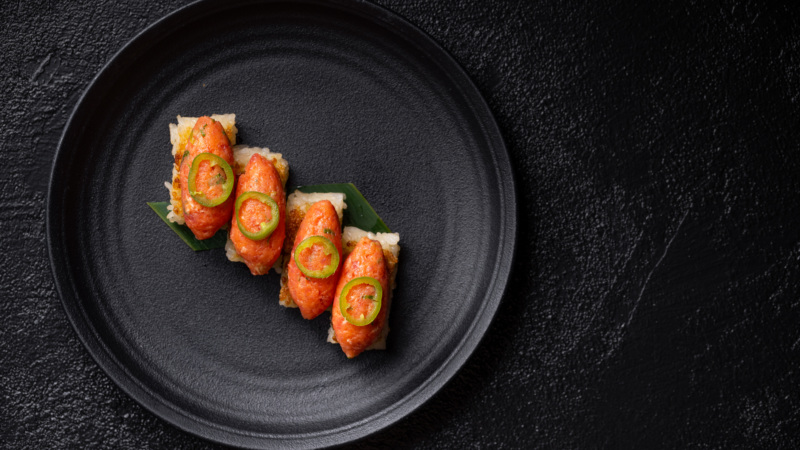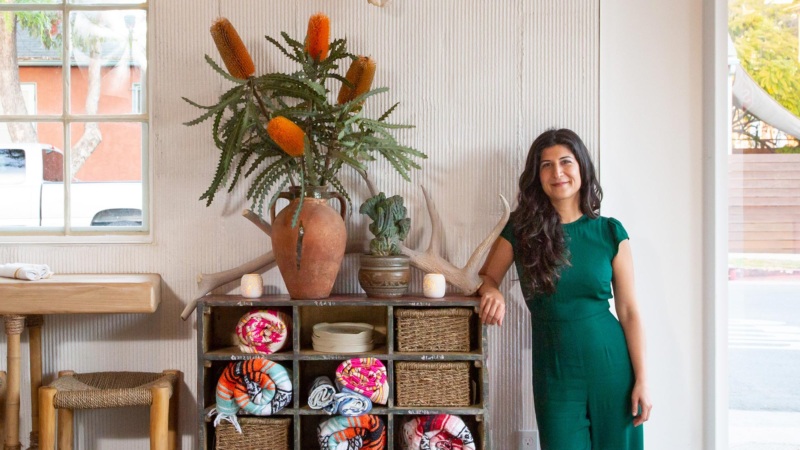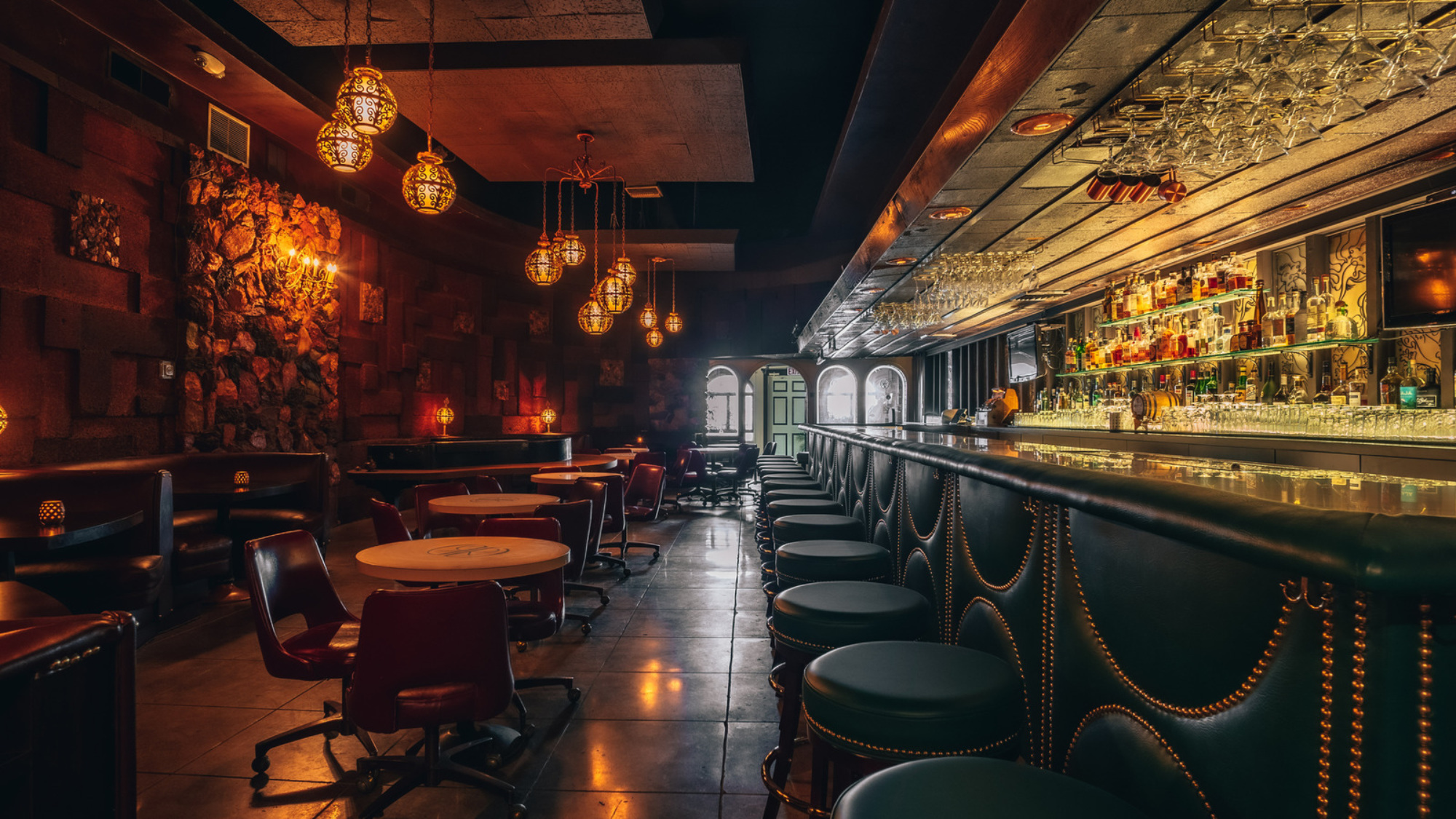
L.A.’s Timeless Dresden Begins a New Chapter, Minus a Familiar Sound
There is a reason that “Mad Men,” that iconic capsule of 1960s cool, used The Dresden Restaurant & Lounge on bustling Vermont Avenue in Los Feliz as a location in Season 7. With its dim lighting, mid-century chic décor, and old-school, courtly waiters, visitors could be forgiven for believing they have been transported to Rat Pack-era Vegas, minus the cigarette smoke.
A timeless fog envelops you as soon as you step into the Dresden. This is a conscious decision by the Ferraro family, who has owned the restaurant and bar longer than most of its patrons have been alive. In 1954, the gregarious Carl Ferraro and his wife Sara, originally from Cleveland, bought the eatery, named for the valuable Dresden porcelain dolls which decorated it. Soon, the dolls were out and the familial, continental, clubby décor still evident today was in.
“My grandfather and grandmother were such restaurateurs that the ‘family feel’ naturally became part of our identity and culture. The Italian upbringing definitely helped as well,” says their grandson Mark Ferraro, who today runs the Dresden with his father, Jimmy.
The Dresden quickly became a staple in the middle class enclave of Los Feliz, along with iconic Italian eateries like Palermo and Sarno’s, and bakeries like House of Pies. It was well-received by critics, too. In 1968, Lois Dawn, the restaurant reviewer for the Los Angeles Times, visited the Dresden, writing that it offered “good food, moderate prices and music at the bar.”
At the time, chef Ed Vogue was known for his roast beef and steak, but the menu boasted an incredible 75 other dishes, from veal scaloppine to barbecue prime rib. For the hard-drinking businessmen of the time, there was the “low-calorie lunch” that consisted of two martinis, a chef’s salad, and black coffee.

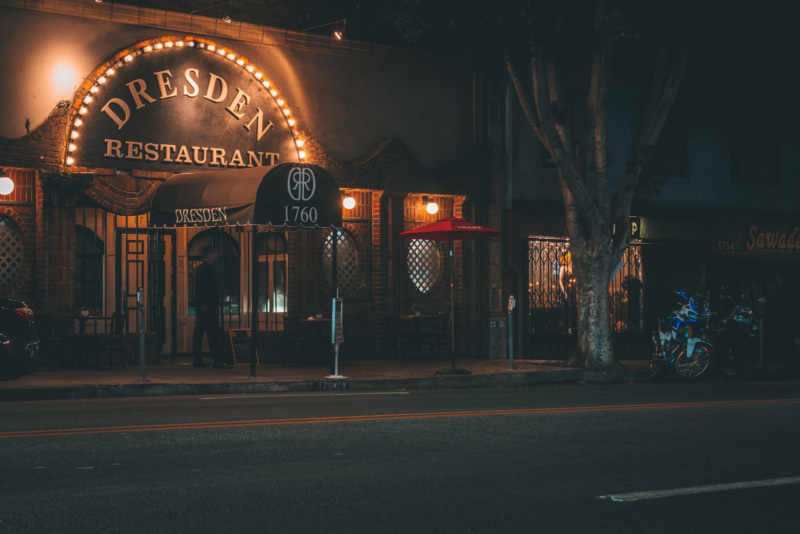
Today, the menu is much smaller, but still moderately priced, with a heavy Continental style of food — as it were — once served at Hollywood Golden Age hot spots like Romanoff’s and The Brown Derby. (Think iceberg wedge, prime rib, and chicken piccata).
On a recent Friday evening, my dining companion and I, dressed in our best cocktail attire, ate eggplant fettuccine and lemon cake in the high-backed white leather booths in the main dining room, where an attentive waiter served us on a snow-white tablecloth.
The next natural step would be to migrate to the Dresden’s bar, in the lounge adjacent to the restaurant, for a classic Blood and Sand, or a Black Velvet cocktail with gin, Luxardo Bitter Bianco, lavender water, and blackberry lemon oil. But as I entered the lounge, filled with an eclectic mix of tourists, hipsters, and elderly regulars, all I could see was the grand piano sitting forlornly in the middle of the room. When I parked my car in Dresden’s lot an hour earlier, the lovely valet, who I have known for over a decade, greeted me with a sad shake of the head. “No Marty,” he sighed.
I was a teenager when I first saw the iconic Marty and Elayne Roberts, known to the public as Marty and Elayne, playing their eccentric, upbeat version of “Staying Alive” in the 1996 movie “Swingers.” To me they represented all that was kitschy and unique about old Hollywood, and I dreamed that one day I could sing with them, even it if it was just one nerve-wracking song.
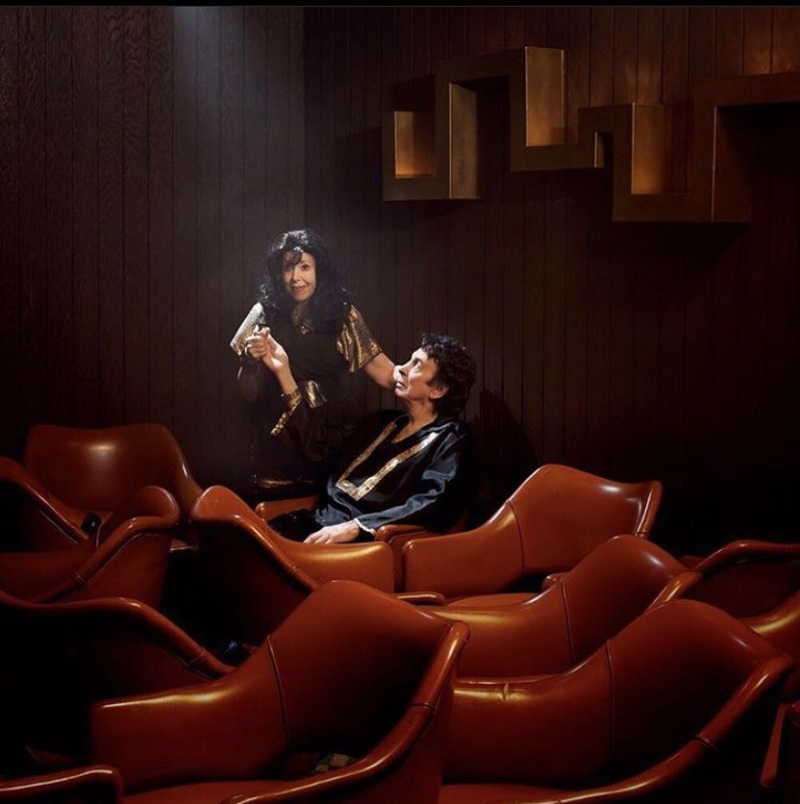

The married duo, with the outgoing, witty Marty on drums and the shy, brilliant Elayne on the keyboard, flute, and whatever else struck her fancy, had played in the Dresden lounge six nights a week since 1982, to the delight of their cult following. “[Marty and Elayne brought] a sense of class and humor all at the same time. They became an unplanned institution in L.A. and were so committed to working on a near-nightly basis. That work ethic is hard to find nowadays,” says Ferraro.
It was “Swingers,” however, a tale of struggling actors trying to make it in Los Angeles, that put the bedazzled jump-suited duo — and the Dresden — on the international map.
Once I moved to Los Feliz, I began frequenting the Dresden with a pack of wild friends. Over endless gin and tonics I related how scared I was to ask to perform, but I also began studying the other singers who seemed to be regulars. Some were amazing, some were characters, and some were just plain bad. But I was encouraged by the fact that Marty and Elayne treated everyone that came up with good humor and respect.
It took me two years before I worked up the courage to write my name on a slip of paper and hand it to Marty, the signal that I wanted to sing with them during their famous Tuesday Night Open Mic. When Elayne asked me to sing another song, I was in heaven, and on that first night, when they asked me to do a featured performer spot on Thursday evening, I felt like I had found a second home.
“We are creatures of the night,” Marty told The Los Angeles Times in 2004. “By the time most people are ending their Friday, we’re just getting up.” I became one of those creatures, living inside my very own film noir, sipping sweet sparkling wine and noshing on mozzarella marinara. Through the nights that I spent lounging and performing, the world-weary, quick-witted bartenders regaled me with tales from their varied lives and chased away handsy suitors (Marty often came to my aid as well, and he was someone you didn’t want to mess with).

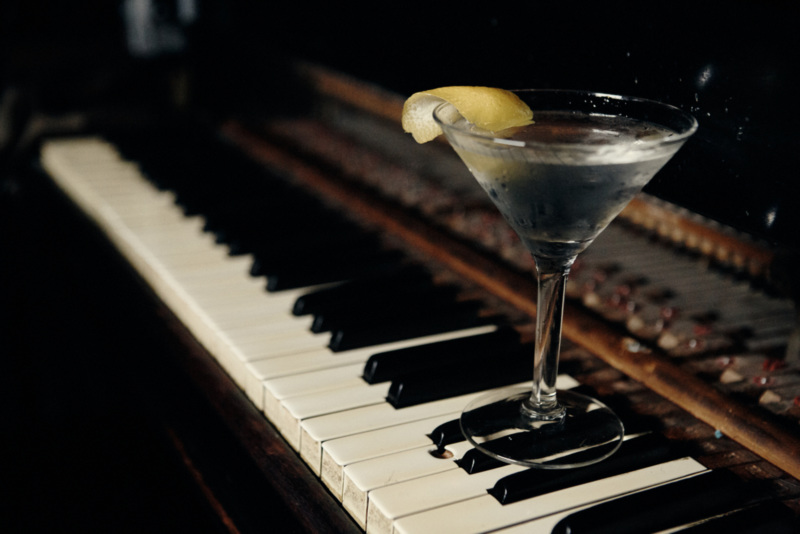
I’d hang around until midnight, when Marty started gently razzing me from the stage, before announcing over the microphone, “Come on up, Hadley!” Then I’d go into my usual standards repertoire: “Honeysuckle Rose,” “Paper Moon,” and “I’m Beginning to See the Light.”
Elayne would watch me intently as I sang, helping me through tough parts and keys, while Marty shouted instructions and laughed at my periodic shyness. The crowd was different every night. Sometimes raptly listening and applauding, sometimes oblivious that I was there. I actually loved when no one was paying attention. It made me feel like a true lounge singer — just me, the microphone, and the band creating a background mood for the revelers.
Marty and Elayne patiently taught me so much about performing, handling a crowd, and musicianship, although they had an annoying penchant of speeding up the tempo to even the slowest ballads. (My fellow singer Jessica always said when you sang “Walking After Midnight” with them, it was really “Running After Midnight.”) They loved jazz, they loved swing, and they knew what the audience wanted.
The true joy of those endless nights at the Dresden lounge was watching those jovial audiences — often a jaded mixture of celebrities and aspiring celebrities — cast away their pretensions, thrilling to Marty and Elayne’s one-of-a-kind versions of “Livin’ la Vida Loca,” “Copacabana,” and “The Girl from Ipanema.”
Early in the morning, when the crowds had thinned, except for a few couples making out in the booths and the guest bassist packing up his gear, I would chat with Marty or Elayne. From the wide-eyed, elfin Elayne I learned about their ring-a-ding past — how they had met when she was 16 because she needed a drummer over 18 so she could perform in the Vegas casinos. The gruff but kind-hearted Marty supplied endless wisdom and advice, once telling me, “Nothing matters in life but children and animals.”
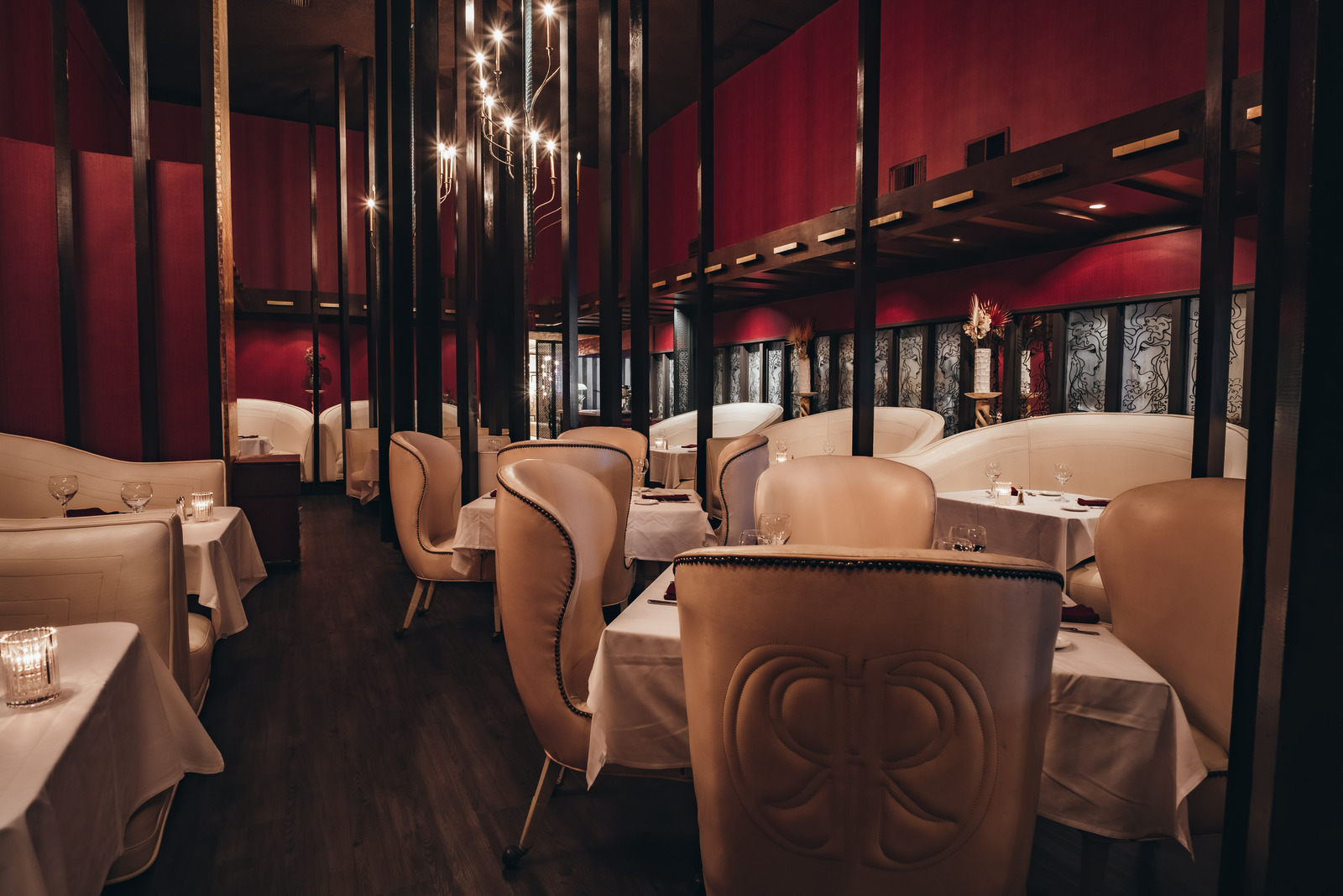

Then came the pandemic, and the lights of the Dresden went out. But the Ferraros kept busy during the closure. “Working on the renovations with my father throughout 2020 until reopening is a memory I will forever cherish,” Mark says.
But the true light dimmed earlier this year, when Marty Roberts died at the ripe old age of 89. “[Marty and Elayne are] so special and unique to The Dresden and our family. Trying to fill their absence in that exact mold would be nearly impossible,” says Ferraro. “We plan on having a variety of different genres that fit our lounge well with very talented musicians. We want to be known for having quality live performances, but it won’t necessarily only be jazz.” The lounge currently has consistent shows on Wednesdays and Thursdays, with plans to expand to the weekend soon.
Today, the Dresden forges into a new era, post Marty and Elayne. It still holds the same kitschy-yet-romantic allure as always, and it’s still the kind of place where you never know what kind of character you’ll meet as you fix your makeup in the powder room. The martinis are still affordable, and the cleavage is still low. Recent musical residencies include Julian Velard and his jazz trio, performances by the bluesy band The Tens, and performances by the Bill Todd Jazz Trio.
No doubt the Dresden will survive, this place of ghosts and good times — where people come together to celebrate with strong drinks and swinging music in the midst of the hard Hollywood scene.
Hadley Meares is a historical journalist and teacher based in Los Angeles. She is a frequent contributor to Vanity Fair, The Hollywood Reporter, and LAist, among other outlets. Follow her work here, and while you’re at it, follow Resy, too.


